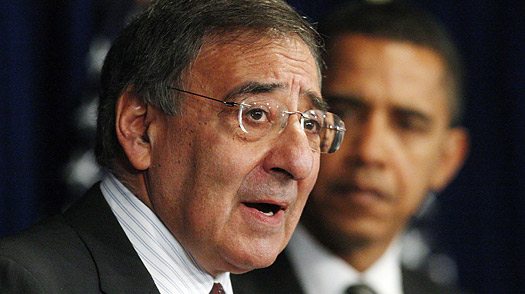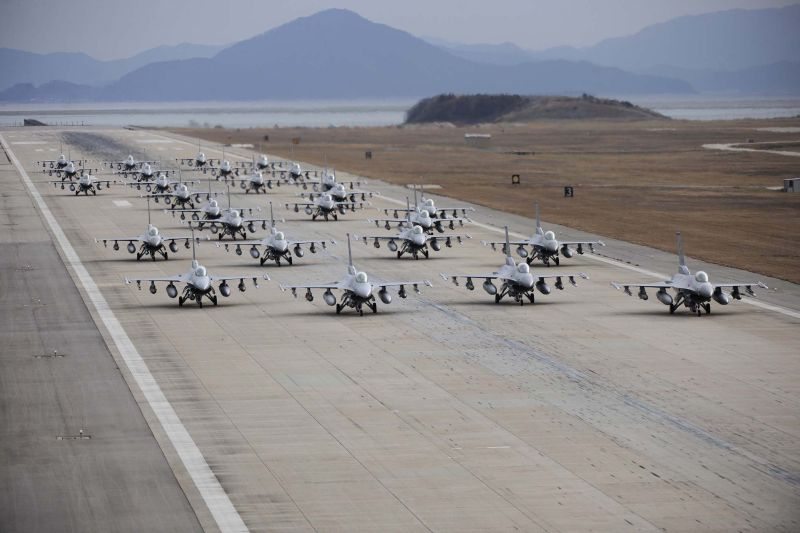The Defense Department’s new 10-year strategy will go “out the window” if the federal Budget Control Act’s additional spending cuts go into effect next year, Defense Secretary Leon E. Panetta said.
“If we had to do over a trillion dollars in cuts in this department, I have to tell you that the strategy that we developed, we’d probably have to … start over,” Panetta said during an interview with Rachel Martin that aired today on the NPR program “Weekend Edition.”
President Barack Obama unveiled the strategy in a rare Pentagon appearance Jan. 5 alongside Panetta and other DOD leaders, saying he called for the strategy review to inform the budget process. The strategy is based on $487 billion in budget cuts over ten years.
The Budget Control Act, which Congress passed and Obama signed in August, includes automatic spending cuts across government, including about $500,000 to the Defense Department, to go into effect in 2013. The sequestration cuts, as they are known, were triggered by a congressional committee’s inability to agree on specific cuts last fall. Those across-the-board cuts will be in addition to the $487 billion the administration has proposed in DOD savings, unless Congress takes additional action.
Officials would not discuss specific cost-cutting proposals before the budget is due out early next month. But Panetta said last week he knows many proposals in the fiscal 2012 budget request will be politically sensitive.
“There is no doubt that the fiscal situation this country faces is difficult, and in many ways we are at a crisis point. But I believe that in every crisis there is opportunity,” he said on Jan. 5. “Out of this crisis, we have the opportunity to end the old ways of doing business and to build a modern force for the 21st century that can win today’s wars and successfully confront any enemy, and respond to any threat and any challenge of the future.”
The strategy calls for reducing the number of men and women in uniform. The secretary told NPR “the human side” of defense spending cuts makes difficult choices even harder.
“What’s going to happen to those people that come back to this country from the battle zones? How are we going to deal with them? What kind of jobs are we going to be able to provide them? How are we going to care for them?” he said.
During the strategy’s rollout at the Pentagon, Panetta repeated his often-stated pledge that DOD will “not break faith” with service members.
“I commit to you that I will fight for you and for your families,” he said.
Troop cuts also will affect the military’s ability to bring troops to bear quickly, Panetta told NPR.
“Part of our approach here is to make sure that we maintain a strong National Guard and a strong reserve,” he said. “They have been fully operational — we have brought them into battle zones. They have gained as much experience as the active force. But … if we are dealing with a leaner and meaner force, if we have to mobilize, there’s only one place to go — and that’s to the National Guard and to our reserve units.”
The new, leaner military will retain the ability to fight on multiple fronts, Panetta emphasized.
“That’s the most important message the American people have to know,” he said. “This force is going to be able to fight any enemy, any aggressor that tries to take us on.”
The secretary said despite the strategy’s emphasis on the Asia-Pacific region as a defense focus, he does not view China’s military buildup as a direct threat to the United States.
“The fact is, as a major power, they have that capability,” he added. “What we have to ensure is that it’s used for the right reasons.”
China and the United States face common threats in the region, the secretary said: “The whole issue of Korea and the stability of Korea, the whole issue of nuclear proliferation, the whole issue of providing free access to our ships that are operating in that area.”
Panetta said he intends for the military to work with China and other Pacific nations “to make sure that we secure that area for the future.”










